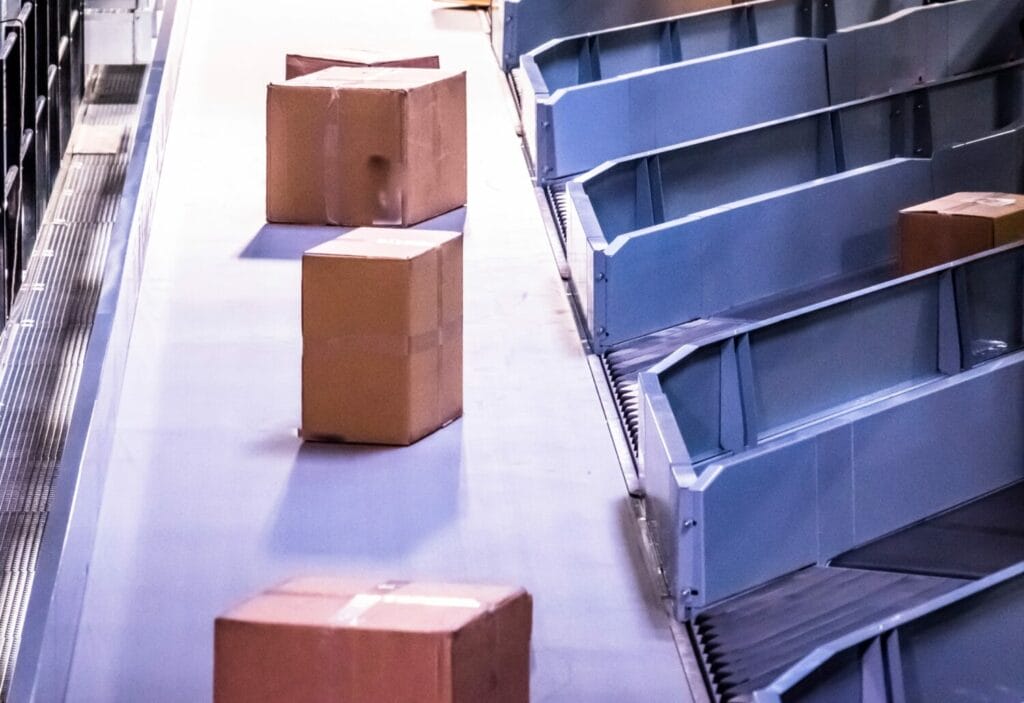Cold chain logistics ensure that temperature-sensitive products are transported safely. Vital for industries like pharmaceuticals, cold chain management in Australia is essential.
It involves maintaining temperature control throughout the supply chain. This guide will help in understanding the basics and complexities of managing cold chains.
From storage to transportation, we’ll cover key aspects of successful cold chain management.
Our aim is to provide you with the knowledge needed to ensure product integrity and compliance with regulations. Let’s understand the essentials of cold chain logistics.
The Critical Importance of Cold Chain Management
Ensuring the integrity of temperature-sensitive products is paramount in sectors such as pharmaceuticals and biotechnology. A failure in maintaining the cold chain can result in spoiled vaccines, ineffective drugs, and significant financial losses.
Key Elements of Effective Cold Chain Management
- Robust Infrastructure: Setting up cold storage facilities and refrigerated transport options is the cornerstone of effective cold chain logistics. These resources ensure that products remain at the required temperatures from start to finish.
- Advanced Technology: Leveraging state-of-the-art technology, like IoT devices and real-time temperature sensors, is essential for consistent monitoring and management. These tools offer immediate notifications of any deviations, allowing for prompt corrective actions.
- Regulatory Compliance: Aligning with Australian regulations and international standards ensures compliance and protects the organisation from legal consequences. Adherence to guidelines such as as Good Manufacturing Practice and Good Wholesaling Practice maintains product integrity and safety.
- Trained Personnel: Employee training is crucial. Staff involved in cold chain logistics must be knowledgeable about temperature requirements, emergency protocols, and best practices for handling temperature-sensitive products.
Interconnected Processes
The entire cold chain is a series of interconnected processes:
- Storage Facilities: These need to be equipped with reliable backup power sources to prevent temperature fluctuations during emergencies.
- Transportation: Efficient transport solutions, such as refrigerated trucks and insulated containers, ensure products are consistently kept at the appropriate temperature during transit.
- Quality Control: Regular audits and quality checks at different stages of the supply chain validate that all specifications are met.
Key Components of Cold Chain Logistics
Cold chain logistics involve several critical components to ensure the integrity of temperature-sensitive products. These components must seamlessly integrate to maintain optimal conditions from start to finish.
Storage Facilities
Proper storage facilities are fundamental to maintaining cold chain integrity. These facilities use:
- Refrigerated Units: Essential for large-scale storage, refrigerated units ensure that temperature-sensitive products are kept at the prescribed temperatures.
- Backup Power Systems: To avoid temperature deviations during power outages, backup generators or uninterruptible power supplies (UPS) are crucial.
Temperature Monitoring
Efficient temperature monitoring solutions are vital for tracking and recording the conditions of stored and transported goods:
- Real-Time Sensors: These sensors provide continuous temperature data, ensuring immediate response if conditions stray from the norm.
- IoT Devices: Incorporating Internet of Things (IoT) technology enhances visibility across the supply chain, offering detailed insights and analytics.
Packaging Solutions
The right packaging plays a significant role in preserving product quality during transit:
- Insulated Containers: These maintain the necessary temperature by providing thermal protection against external temperatures.
- Phase Change Materials: Gel packs and dry ice are used to absorb and release heat, stabilising temperatures for extended periods.
Training and Standard Operating Procedures (SOPs)
A well-trained workforce and comprehensive SOPs are indispensable for effective cold chain management. Employees should be familiar with:
Training Programs:
- Temperature Protocols: Staff must understand the specific temperature ranges for different products and the implications of deviations.
- Emergency Procedures: Knowing how to respond promptly to power outages and other emergencies is crucial.
Standard Operating Procedures:
- Documentation: Detailed logs and records maintain transparency and traceability throughout the cold chain.
- Regular Audits and Quality Checks: Periodic checks ensure that all processes and procedures are followed correctly, identifying any potential issues early on.
Overcoming Challenges in Cold Chain Logistics
Cold chain logistics in Australia faces several unique challenges that can jeopardise the integrity of temperature-sensitive products. Addressing these challenges requires strategic planning and the integration of advanced solutions.
Common Challenges
- Temperature Excursions: Fluctuations in temperature during storage or transportation can compromise product quality.
- Regulatory Changes: Keeping up with evolving guidelines and standards can be demanding.
- Infrastructure Limitations: Inadequate or outdated infrastructure can lead to inefficiencies and increased risks.
- Operational Costs: Managing and maintaining cold chain logistics requires significant investment.
Strategies to Mitigate Challenges
- Enhanced Monitoring: Implement advanced temperature monitoring systems to detect and address deviations immediately.
- Regulatory Framework: Stay informed about regulatory changes and incorporate updates into standard operating procedures.
- Infrastructure Investment: Upgrade facilities to include the latest technologies in cold storage and transportation equipment.
- Cost Management: Optimise resource allocation and negotiate better rates with suppliers and logistics partners.
Ready to Optimise Your Cold Chain Logistics?
Mastering cold chain logistics is essential for ensuring the integrity and quality of temperature-sensitive products. By understanding the key components, challenges, and best practices of cold chain management, you can enhance efficiency and maintain compliance across your operations.
Cold chain logistics is a dynamic field, constantly evolving with new technologies and innovations. By staying informed and adopting a proactive approach, you can position your organisation for success in an increasingly competitive landscape.
Have questions about enhancing your cold chain logistics? Contact us to learn how we can help ensure your products’ integrity and compliance.


